

— Blogs —
—Products—
 Consumer hotline +8618073152920
Consumer hotline +8618073152920 WhatsApp:+8615367865107
Address:Room 102, District D, Houhu Industrial Park, Yuelu District, Changsha City, Hunan Province, China
Product knowledge
Time:2025-07-31 20:28:00 Popularity:761
Rainfall is one of the most important sources of fresh water, and monitoring rainfall is crucial for agriculture, hydrology, weather forecasting, and climate research. A rain gauge is a meteorological instrument used to measure the amount of precipitation (usually rainfall) over a specific period of time in a particular area. It is a key tool in weather monitoring, hydrology, and agriculture, providing data for assessing water resources, forecasting floods, and studying climate patterns. Rain gauges primarily collect and measure liquid precipitation, such as rainwater, but sometimes can also measure the melting equivalent of solid precipitation (such as snow).
Based on design and measurement mechanisms, rain gauges can be classified into the following categories:
This is a simple manual device used to periodically collect and measure rainfall. A common example is the graduated cylinder-type rain gauge, which is widely used due to its simplicity and low cost.
- Applicable Scenarios: Low cost, easy operation, commonly used in agriculture, education, and amateur meteorological observations. Data needs to be manually read and recorded periodically.
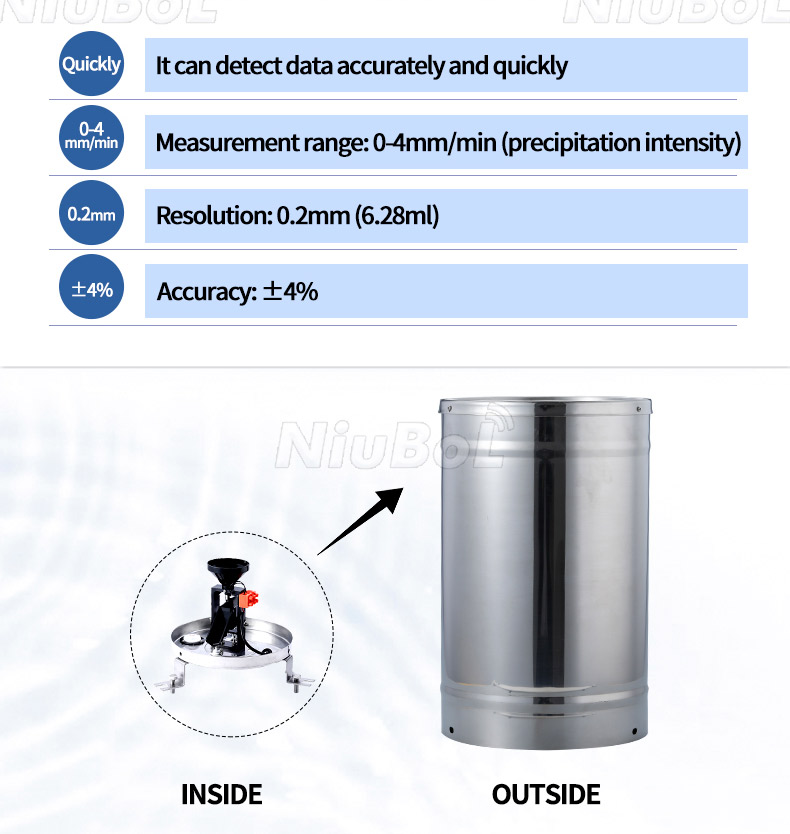
This is an automatic recording instrument that collects rainwater into a small tipping bucket. When the bucket reaches a specific capacity, it tips over, triggering a counter.
- Advantages:
- Continuous data recording, suitable for automatic monitoring.
- Can be connected to data loggers or remote transmission systems.
- Limitations:
- May be inaccurate during heavy or very light rainfall.
- Requires regular cleaning and maintenance to prevent clogging.
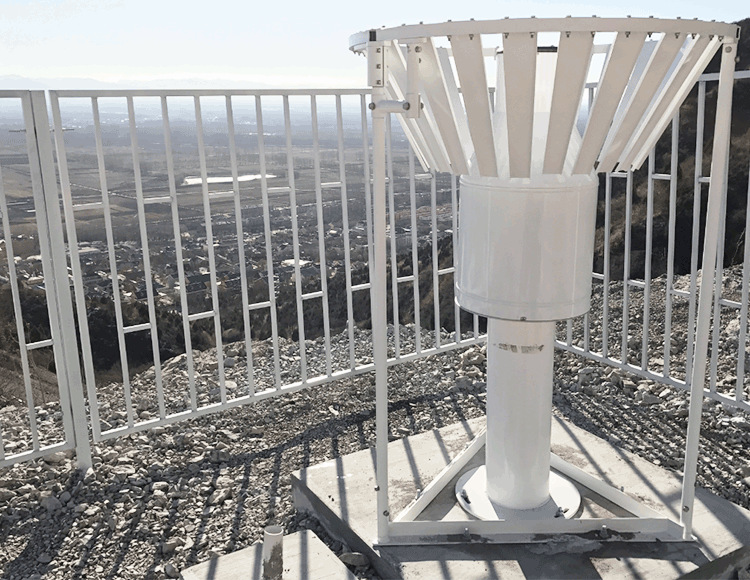
Measures the weight of collected precipitation to determine its volume. This type of gauge is highly accurate and can measure both liquid and solid precipitation.
- Advantages:
- High precision, can measure various types of precipitation (rain, snow, hail).
- Suitable for scientific research and high-accuracy applications.
- Limitations:
- High cost and complex structure.
- Requires regular maintenance.
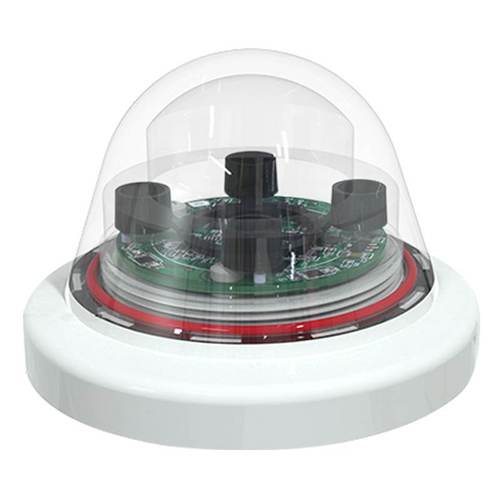
Uses optical sensors to detect the interruption of light beams caused by raindrops, providing real-time data with low maintenance requirements.
- Advantages:
- Low maintenance, no moving parts, can provide real-time rainfall intensity data.
- Limitations:
- May have lower accuracy during heavy rainfall or when small raindrops are present.
- Sensitive to interference from dust, fog, etc.
These sensors are used to detect whether it is raining, rather than measuring the amount of rainfall.
- Capacitive sensors detect changes in electrical capacitance when raindrops fall on the sensor surface.
- Piezoelectric sensors generate an electrical signal from the impact of raindrops.
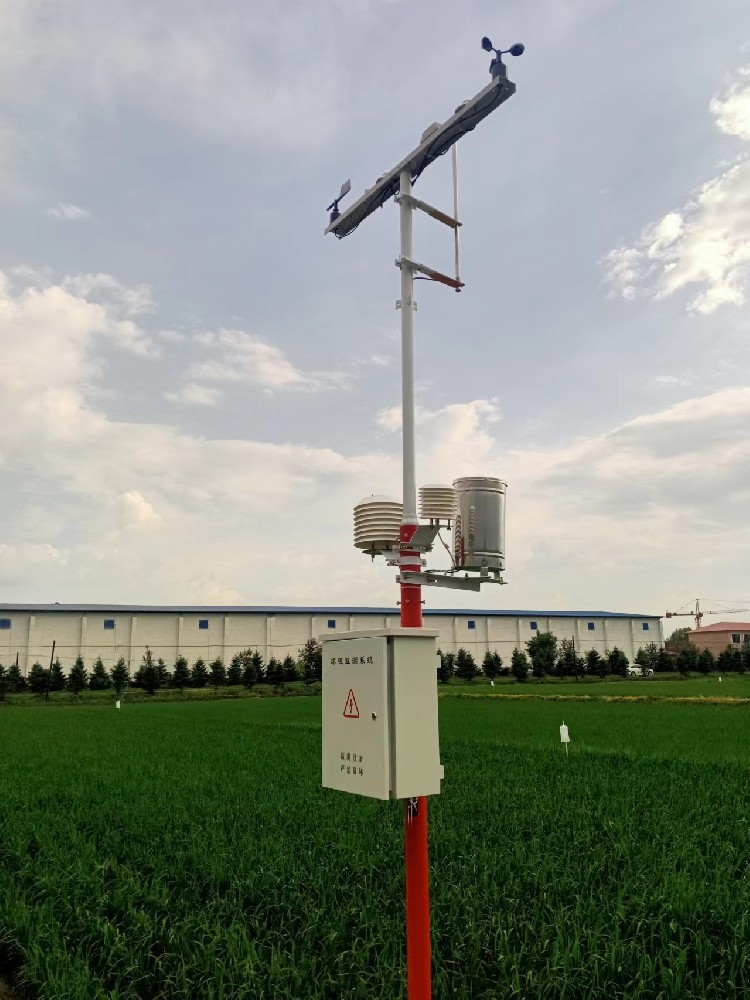
The standard rain gauge typically consists of a cylindrical container with an open top to collect rainwater. Rainwater flows into a narrower measuring tube through a funnel, with graduated markings on the tube to display the depth of rainfall in millimeters or inches. The narrower tube helps to magnify the measurement, increasing accuracy. The user manually reads and records the water level after a rainfall event, then empties the rain gauge for the next use.
Example: A common 8-inch standard rain gauge with a collection area of 8 inches in diameter. The internal measuring tube is calibrated to accurately measure the depth of rainfall.
A tipping bucket rain gauge uses a funnel to direct rainwater into a small tipping bucket mechanism. Each bucket has a fixed capacity (e.g., equivalent to 0.2 mm of rainfall). When the bucket fills, it tips over, empties, and triggers a switch to record the event. The tipping of the bucket is counted electronically and converted into the total amount of rainfall.
- Advantages: Automated data collection, suitable for continuous monitoring.
- Limitations: During heavy rainfall, the bucket may tip too quickly, resulting in water loss and underestimation.
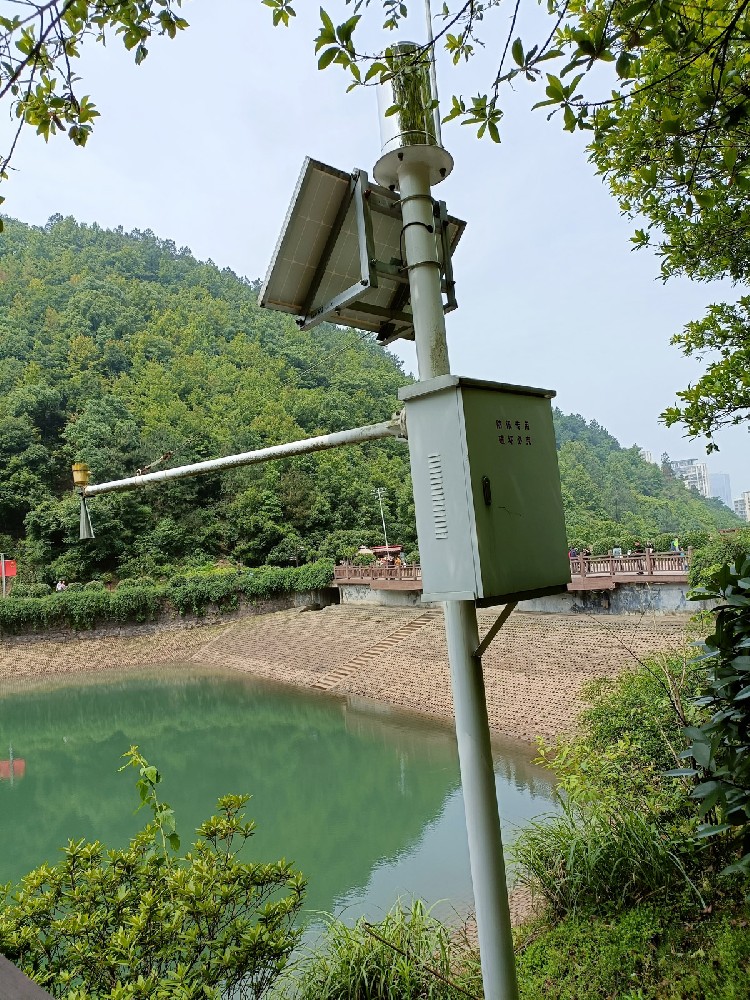
A weighing rain gauge uses a container placed on a high-precision scale to measure the weight of the collected precipitation. By knowing the density of water, the weight is converted into rainfall depth. This type of rain gauge can measure both liquid and solid precipitation (e.g., snow or hail) and typically records data electronically with high precision.
An optical rain gauge uses a light source and sensor to detect raindrops. When a raindrop passes through the light beam, it interrupts the signal, and the device estimates rainfall intensity and volume based on the frequency and size of the interruptions. These rain gauges are commonly used in automatic weather stations.
These sensors determine whether it is raining based on changes in electrical properties.
- Capacitive sensors detect changes in capacitance when raindrops hit the sensor surface.
- Piezoelectric sensors generate electrical signals from the impact of raindrops.
Rain gauges play a crucial role in weather forecasting, flood monitoring, agricultural planning, and climate research. By providing accurate rainfall data, they help manage water resources, predict natural disasters, and understand long-term climate trends.
Rain gauges, from simple manual devices to advanced automated systems, play a vital role in measuring precipitation. Different types of rain gauges—standard, tipping bucket, weighing, optical, and capacitive/piezoelectric sensors—each have unique working principles suited for specific needs and environments. Accurate rainfall measurement helps in agricultural irrigation decisions, weather forecasting, flood prevention, and climate change research. When selecting a rain gauge, it is important to choose the most suitable model based on the application scenario, budget, and precision requirements.
Related recommendations
Sensors & Weather Stations Catalog
Agriculture Sensors and Weather Stations Catalog-NiuBoL.pdf
Weather Stations Catalog-NiuBoL.pdf
Related products
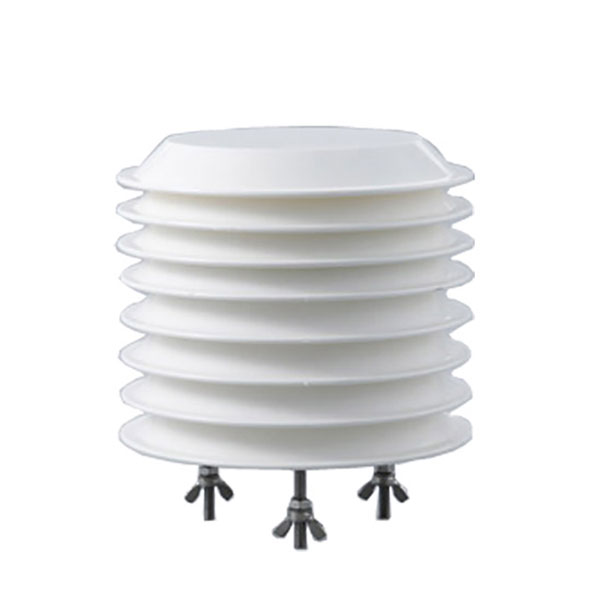 Combined air temperature and relative humidity sensor
Combined air temperature and relative humidity sensor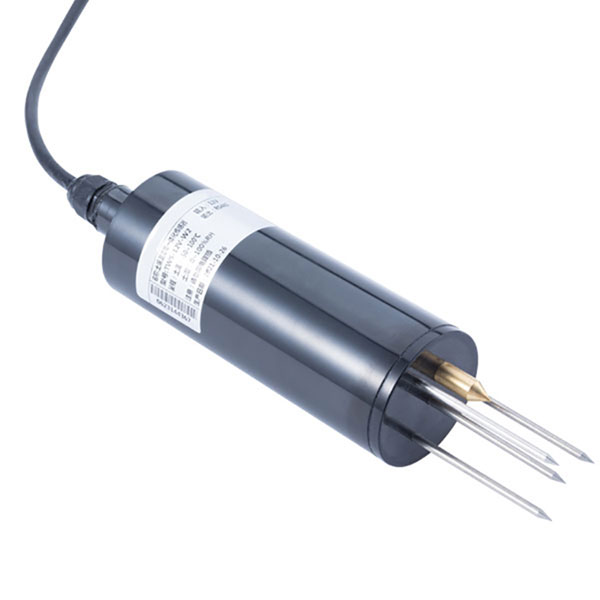 Soil Moisture Temperature sensor for irrigation
Soil Moisture Temperature sensor for irrigation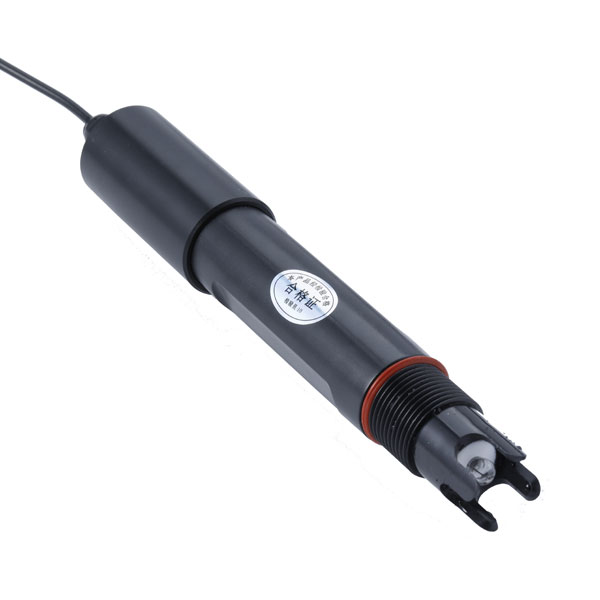 Soil pH sensor RS485 soil Testing instrument soil ph meter for agriculture
Soil pH sensor RS485 soil Testing instrument soil ph meter for agriculture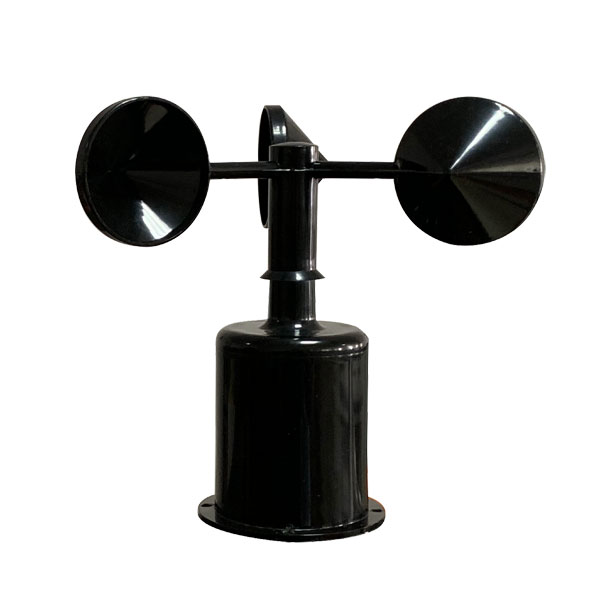 Wind Speed sensor Output Modbus/RS485/Analog/0-5V/4-20mA
Wind Speed sensor Output Modbus/RS485/Analog/0-5V/4-20mA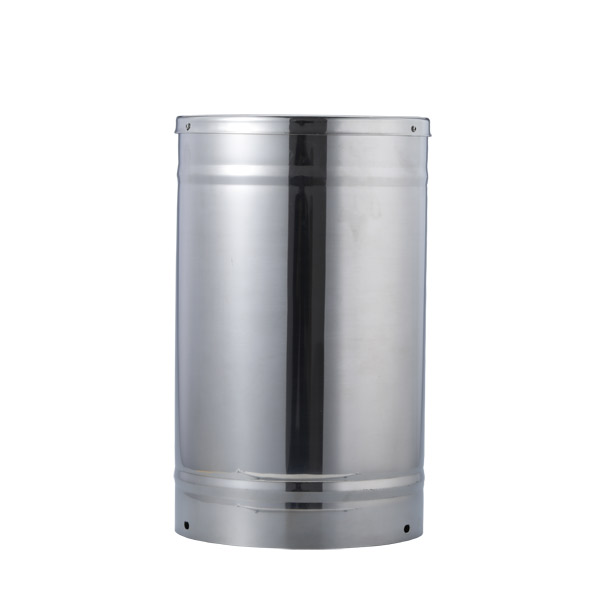 Tipping bucket rain gauge for weather monitoring auto rainfall sensor RS485/Outdoor/stainless steel
Tipping bucket rain gauge for weather monitoring auto rainfall sensor RS485/Outdoor/stainless steel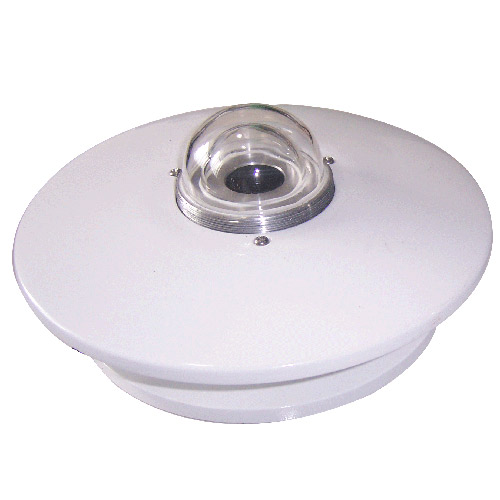 Pyranometer Solar Radiation Sensor 4-20mA/RS485
Pyranometer Solar Radiation Sensor 4-20mA/RS485
Screenshot, WhatsApp to identify the QR code
WhatsApp number:+8615367865107
(Click on WhatsApp to copy and add friends)
